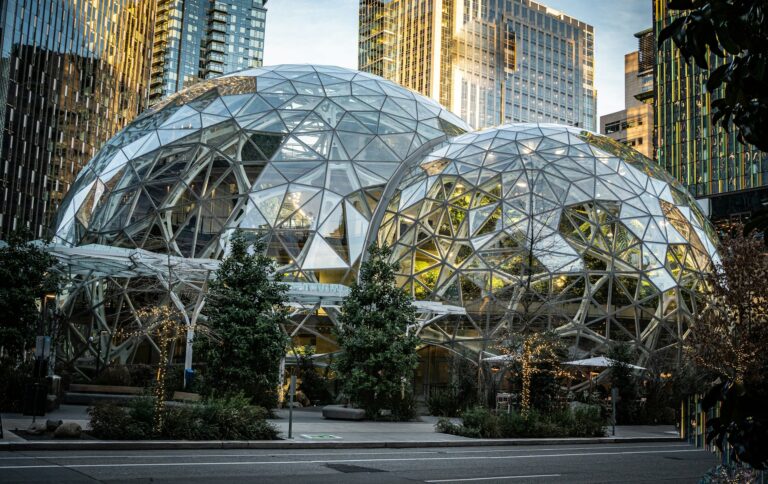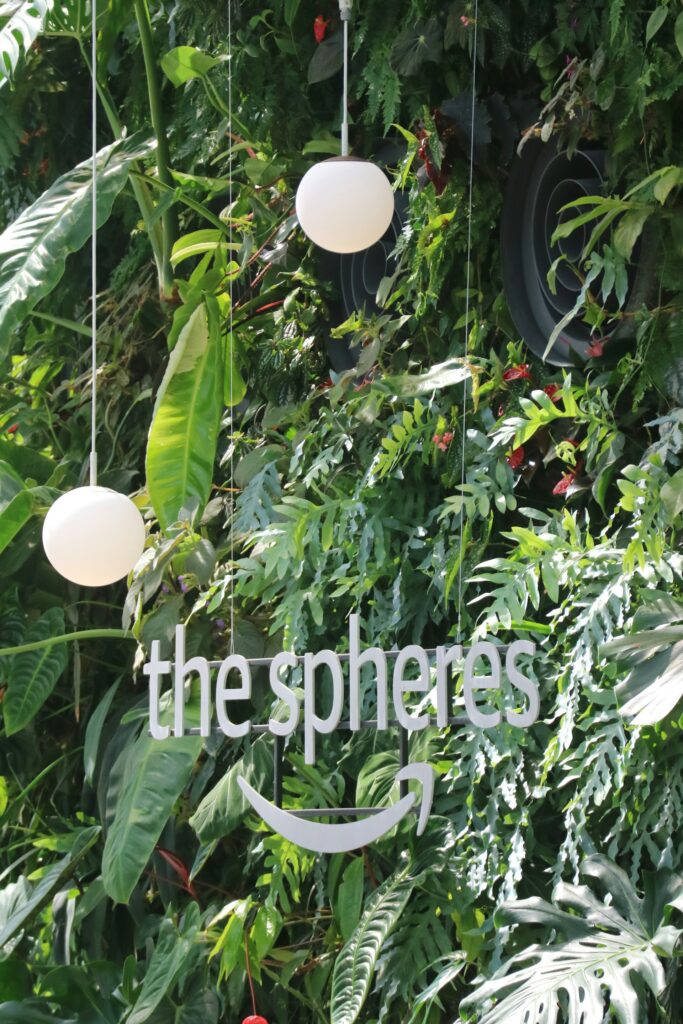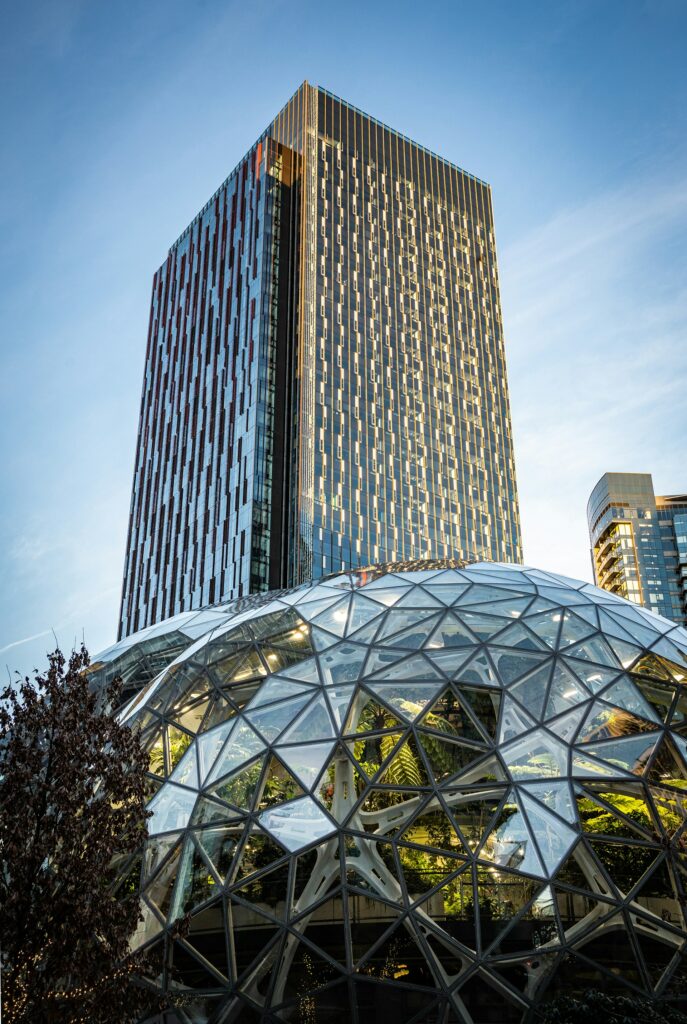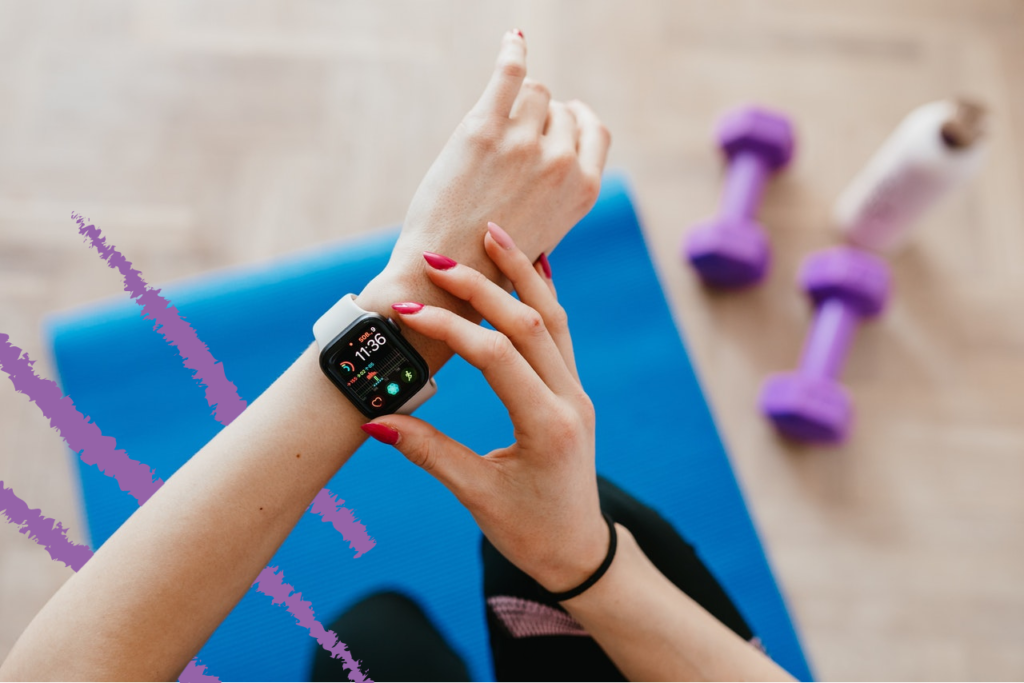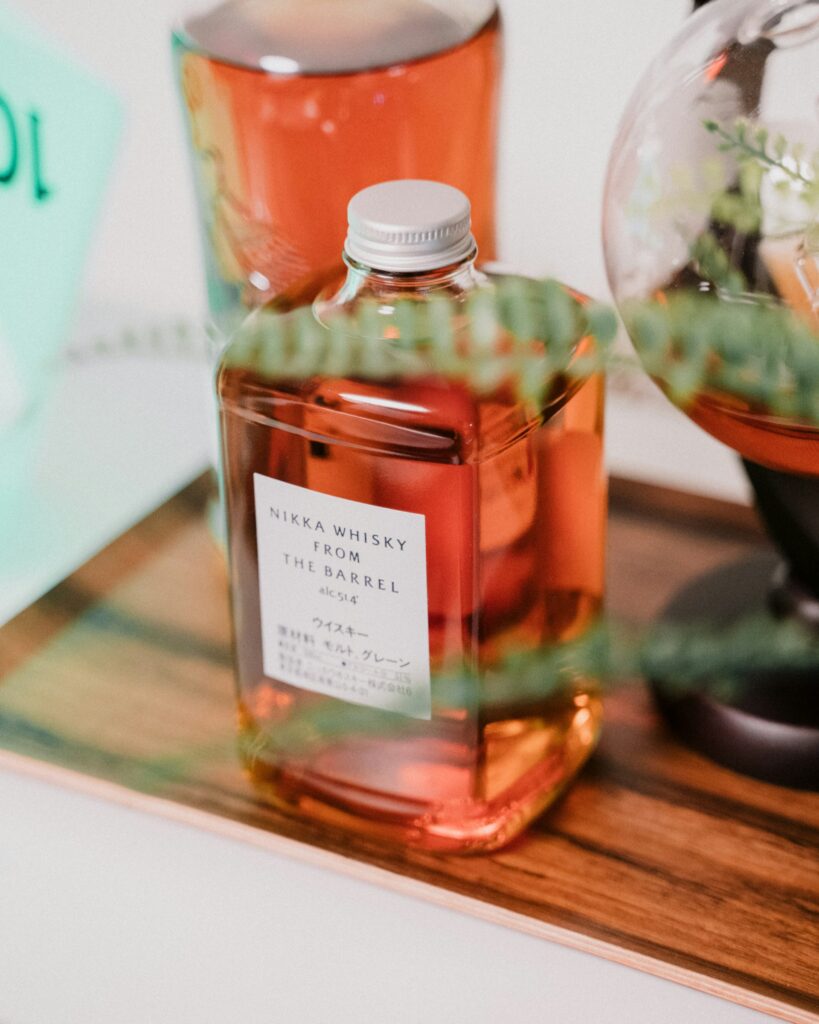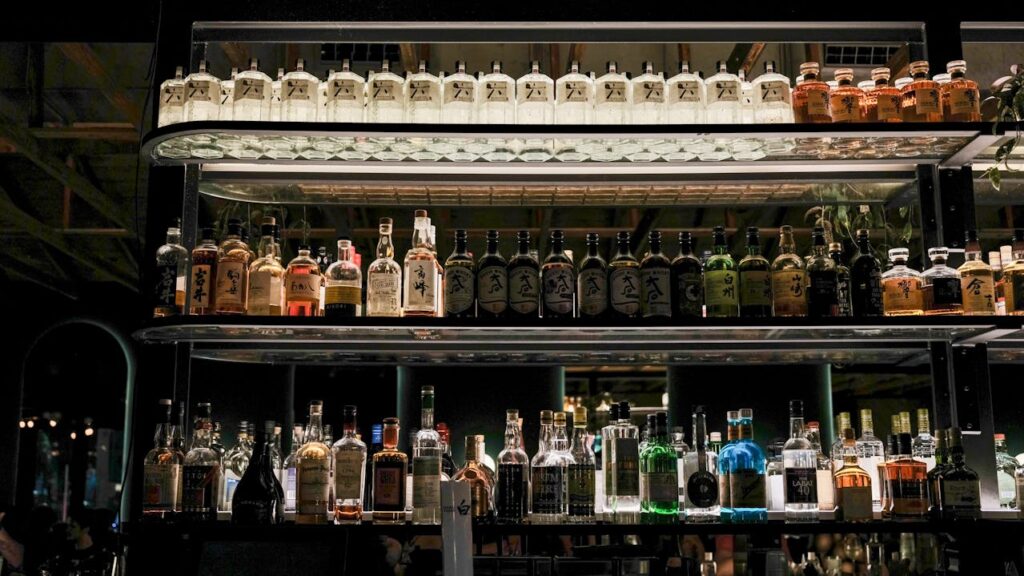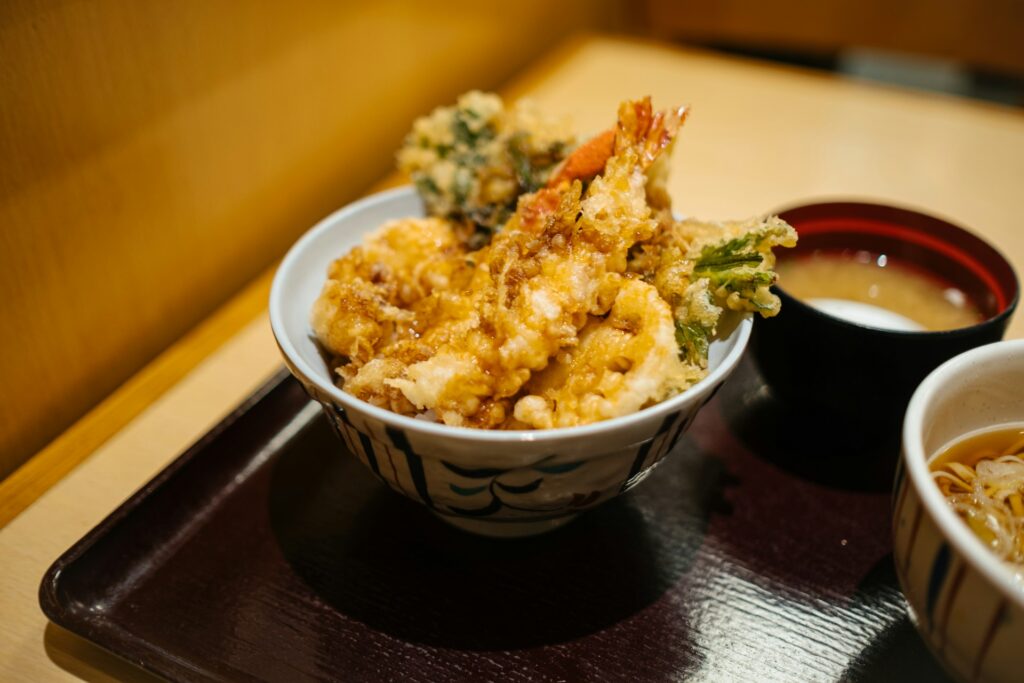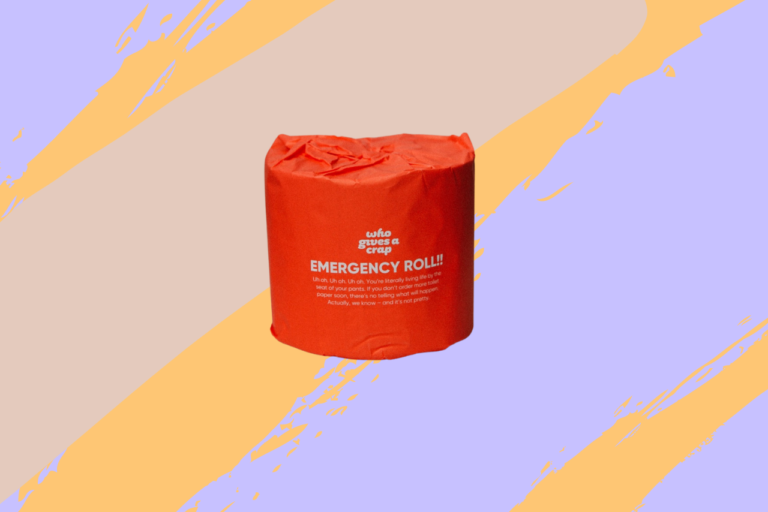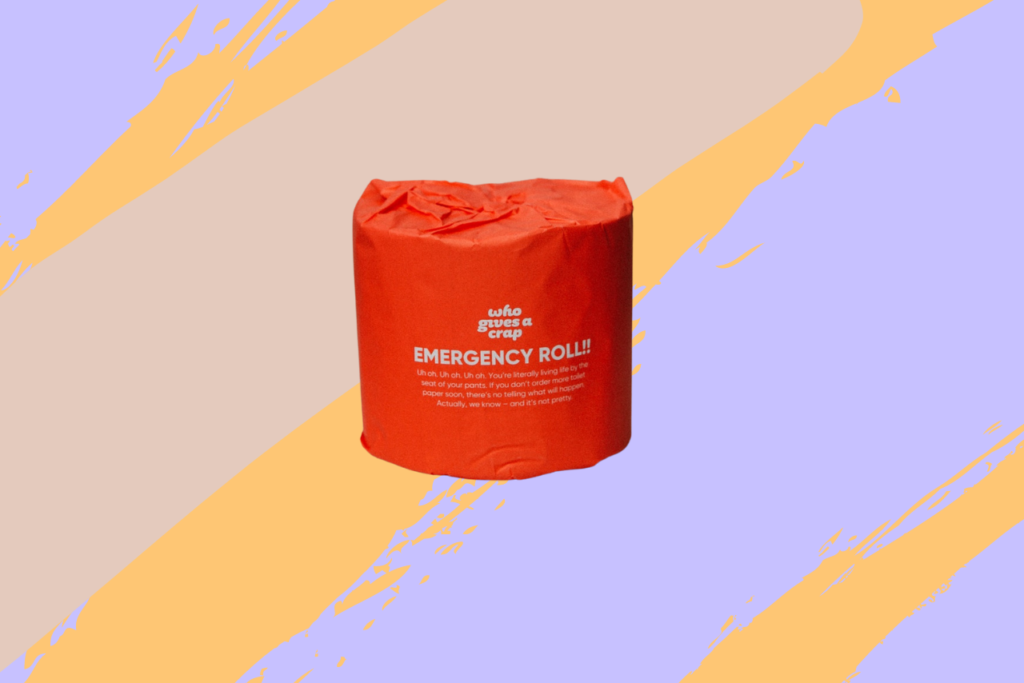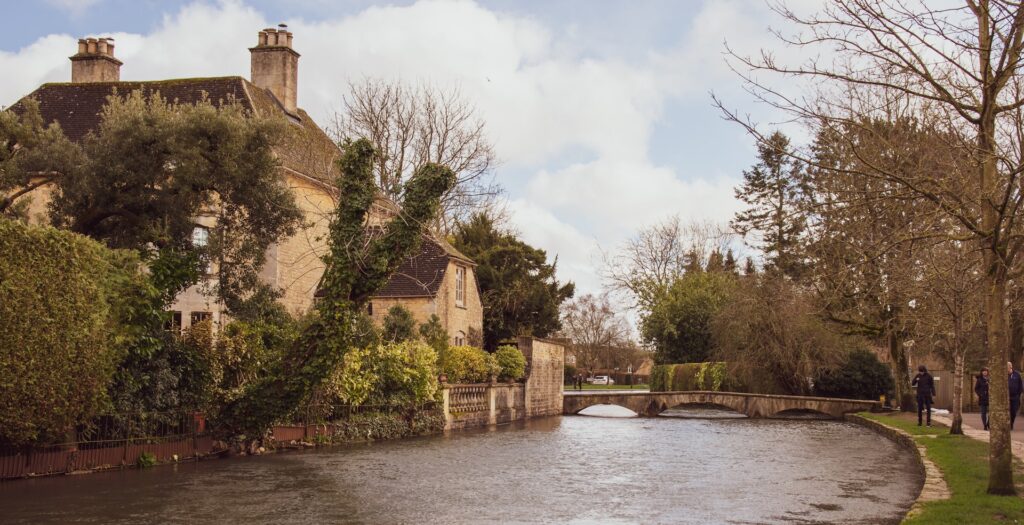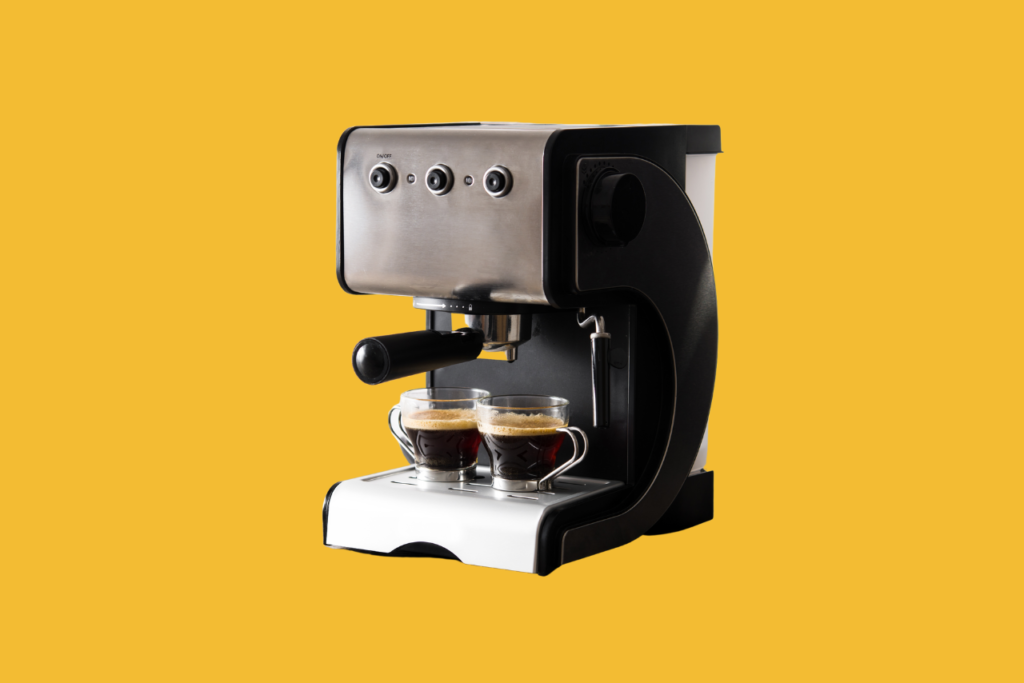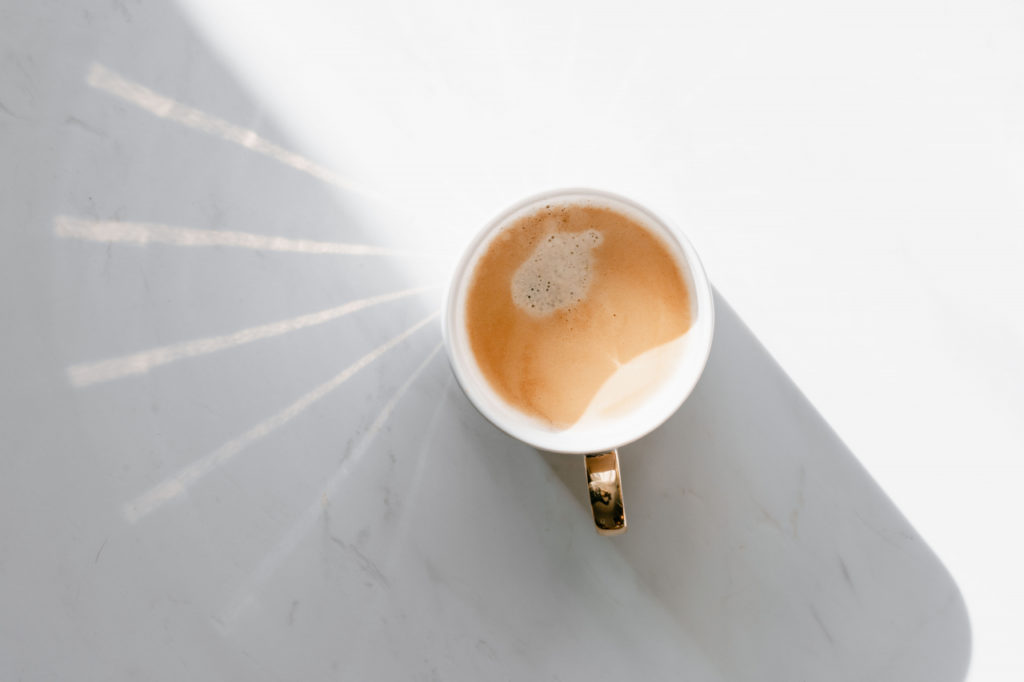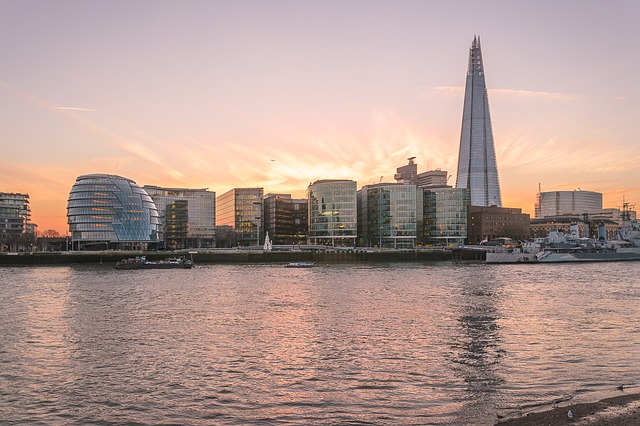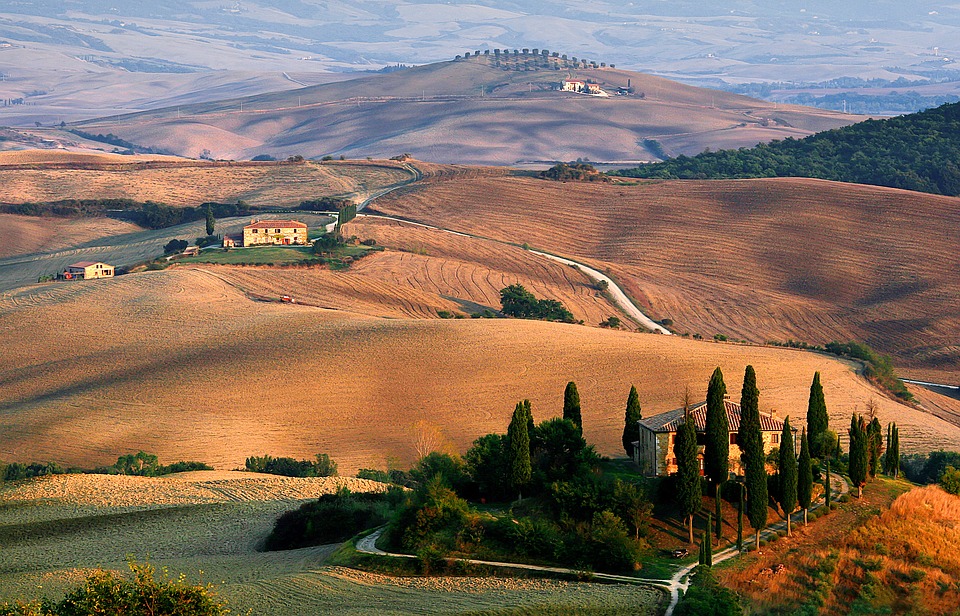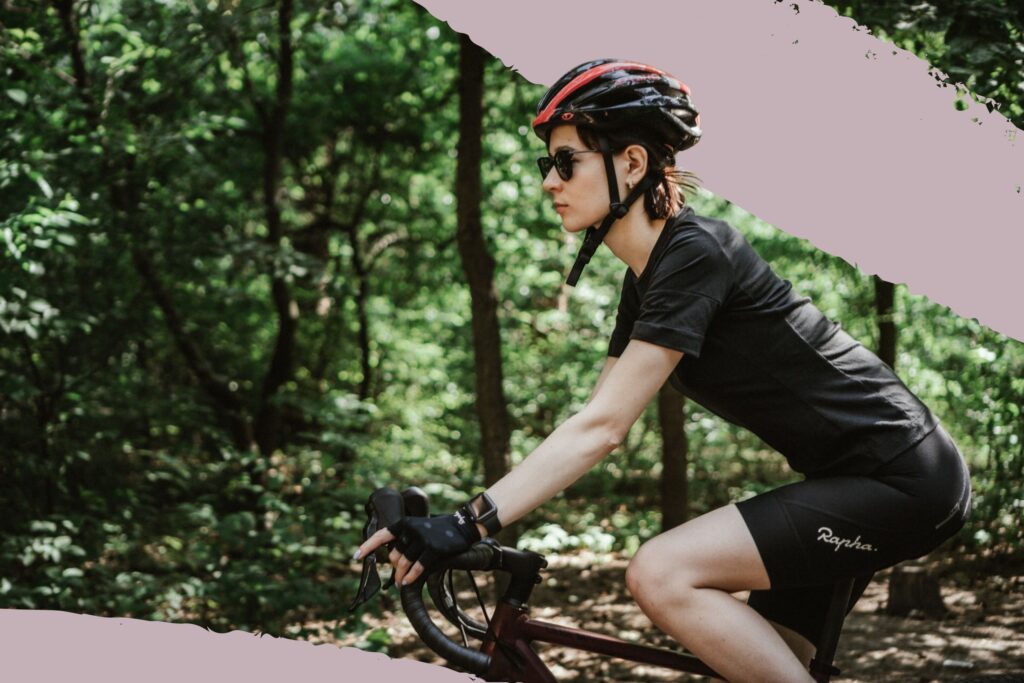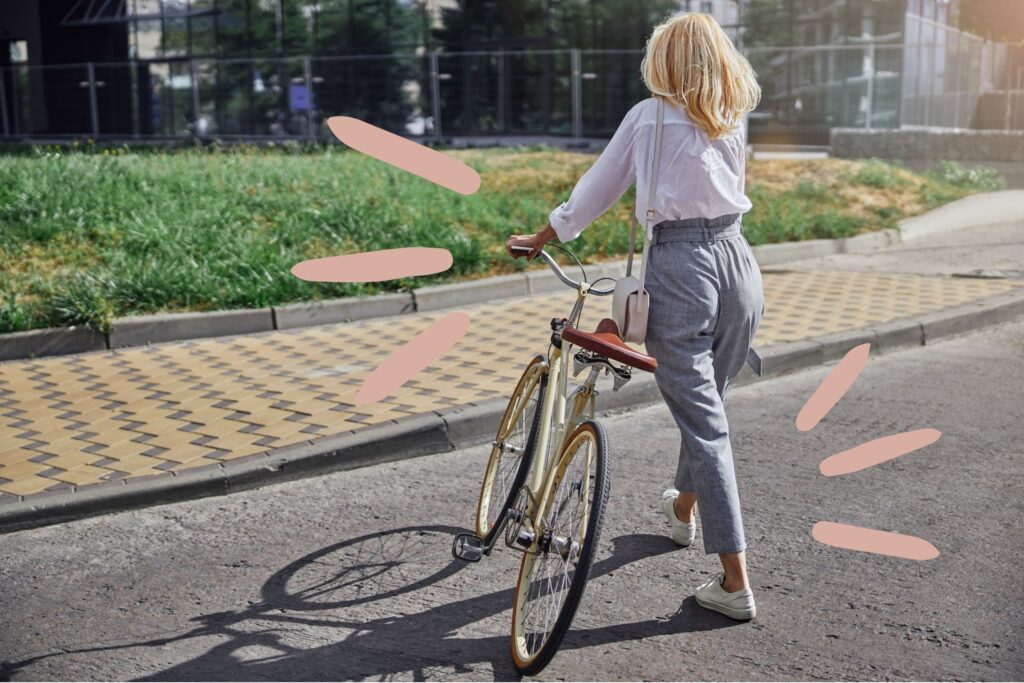Those with a keen sense of adventure will know just how exhilarating and liberating travel can be, whether that’s by train, plane, coach or car.
But if you’re keen to truly feel the wind in your hair and sails, a sense of freedom in the air and endless possibilities in your heart, then the most exciting holiday experience has got to be done onboard a yacht.
The vast expanses of open sea, setting your course to anywhere, the fresh sea breeze…it all adds up to something really rather special. Should you be looking to enjoy such an adventure a little closer to home, then here are 5 of the best destinations in Europe for an unforgettable yachting experience.
The Amalfi Coast, Italy
Simply one of the most uniquely beautiful stretches of sea and sand to visit in Europe – scrap that, in the world – is the Amalfi Coast. Nestled just south of Naples, this iconic location overlooking the Mediterranean is one of Europe’s most visited spots.
It is easy to understand why this is a favourite stop for Mediterranean cruises; the combination of delicious local seafood, the clear waters, glorious weather and picturesque scenery provides more than enough reason to look at booking your next holiday to this stunning part of Italy.
Boasting glamour and class, one of the best ways to experience this classic landscape is on a boat. By chartering a yacht, you will see everything the coast has to offer, as well as getting access to some less accessible gems such as Capri and the Blue Grotto.
Read: 7 IDEAL pit stops along the Amalfi Coast

Dubrovnik, Croatia
In recent years, Dubrovnik has become a top destination for the rich and famous to holiday in. With its enchanting city encompassed by medieval walls and the stunning backdrop of the Adriatic Sea, it’s not uncommon to see superyachts anchored in the Old Town’s Kolarine Bay.
Whilst travel on foot will allow you to embrace this extraordinary city first hand, travelling along the coast in a yacht will offer you the opportunity to see Dubrovnik in a new and different light. There are yachts to charter in Dubrovnik, with or without a skipper, allowing you to discover locations close to the town and some amazing islands and coves off the beaten path, too, such as Hvar, Mljet and the Elaphiti Islands. Consider focusing your attention on ACI Marina Dubrovnik, the largest in the city and where you’ll find some of the best berths.
Read: 5 of the best restaurants in Dubrovnik Old Town

The Greek Islands
There are numerous unexplored yet open coves and beaches that are accessible only by boat, superb for exploring while on board. Yacht charters in Greece offer both with-skipper and bareboat (without-skipper) options for renting yachts, provided you have an experienced or certified sailor in your group.
Greece, with its myriad of islands, offers a top-rated Greece yacht charter holiday that is unparalleled in its diversity and beauty. The Saronic Gulf is perfect for those who prefer calmer waters and shorter passages, ideal for a relaxed sailing experience. The Cyclades, on the other hand, are known for their stronger winds and vibrant nightlife, particularly on islands like Mykonos and Santorini. For a touch of the traditional, the Dodecanese islands offer a blend of Greek and Turkish influences, with Rhodes and Kos boasting rich historical sites.
There are numerous unexplored yet open coves and beaches that are accessible only by boat, superb for exploring while on board. Yacht charters in Greece offer both with-skipper and bareboat (without-skipper) options for renting yachts, provided you have an experienced or certified sailor in your group.
With a Greek yacht charter, you can tailor your journey to include uninhabited islands, bustling ports, and hidden coves, all while enjoying the legendary Greek Islands, their warm hospitality and distinct cuisine. Whether you’re an experienced sailor or a first-time charterer, Greece provides a sailing odyssey that caters to all levels of expertise and interests.


The Balearic Islands, Spain
The Balearic Islands offer a diverse yachting experience with each island presenting its own unique charm. From the nightlife of Ibiza to the tranquil coves of Menorca and the chic sophistication of Majorca, there’s something for every sailor. The archipelago’s crystal-clear waters are perfect for swimming and snorkelling, while the consistent winds provide excellent sailing conditions. The Balearic Islands are also known for their sustainable tourism efforts, making them an ideal choice for eco-conscious travellers.
The French Riviera
No yachting destination list would be complete without mentioning the French Riviera. Synonymous with luxury and elegance, the Côte d’Azur stretches from Saint-Tropez to the Italian border, including the principality of Monaco. This glamorous coastline is dotted with famous ports like Nice, Cannes, and Antibes, each offering a blend of beautiful beaches, exquisite dining, and high-end shopping. The French Riviera is also home to the Cannes Film Festival, attracting celebrities and yachts alike.
The Dalmatian Coast, Croatia
While Dubrovnik is a jewel in Croatia’s crown, the entire Dalmatian Coast is a yachting paradise. With over a thousand islands, this stretch of coastline is a maze of secluded bays, historic towns, and lush islands. Highlights include the ancient city of Split, the serene beauty of the Krka National Park, and the untouched Kornati archipelago. The region’s marinas are well-equipped, making it easy to find a berth and enjoy the local culture.
The Aeolian Islands, Italy
North of Sicily, the Aeolian Islands are a volcanic archipelago in the Tyrrhenian Sea. These islands are known for their rugged landscapes, therapeutic hot springs, and rich maritime culture. The black sand beaches of Stromboli, the vibrant harbour of Lipari, and the chic atmosphere of Panarea provide a varied and exciting yachting experience. The Aeolian Islands are also a UNESCO World Heritage site, recognised for their outstanding natural beauty and geological significance.

The West Coast of Scotland
For those seeking a yachting adventure off the beaten path, the West Coast of Scotland offers a dramatic and wild landscape. The region is a tapestry of rugged coastlines, secluded lochs, and historic castles. The Hebrides, both Inner and Outer, are a particular highlight, with their rich wildlife, including puffins and whales, and the famous whisky distilleries. The challenging sailing conditions are well-suited for experienced sailors looking for a thrill.
Malta
121 square miles in size, Malta is a southern Mediterranean island brimming with historical intrigue and stunning sights. With dramatic Baroque architecture visible with every turn taken, this island is also home to beautiful beaches and warm weather all year round. The perfect recipe for a wonderful holiday, don’t you think?
Exploring this island on foot will allow you to be close to the architecture and culture, sure (of note, the Valletta Baroque Festival takes place every January) but being on a yacht will let you appreciate Malta in all its beauty. Doing so also allows you to visit the islands of Comino and Cominotto, famed for their caves and private, pristine beaches, as well as Gozo, which boasts amazing snorkelling opportunities around its Double Arch Reef.

The Norwegian Fjords
Norway might not seem like the most obvious choice when thinking of places to visit on a yacht. It is not renowned for being home to glorious beaches or warm weather, after all. However, if you’re looking to take a trip that allows you to go wildlife spotting or visit somewhere with rugged beauty, then the Norwegian Fjords could well be the one for you.
Norway is famous for its glaciers, fjords and rugged wilderness, and such dramatic scenery makes for an awesome view from on deck, make no mistake. Perhaps the premier yachting experience here centres around the Lofoten archipelago, with the waters close to shore making for breezy, easy sailing amongst fishing villages, inlets and bays. Magic!
Alternatively, a sail around Lofoten’s shoreline, when waters are crystal clear and the snow-capped mountains just behind the fishing villages reveal scenes of utter magic, is equally amazing.
The Bottom Line
To yacht or not to yacht…with the freedom of the open seas and the privacy on board, why ever not? Have a great holiday!


